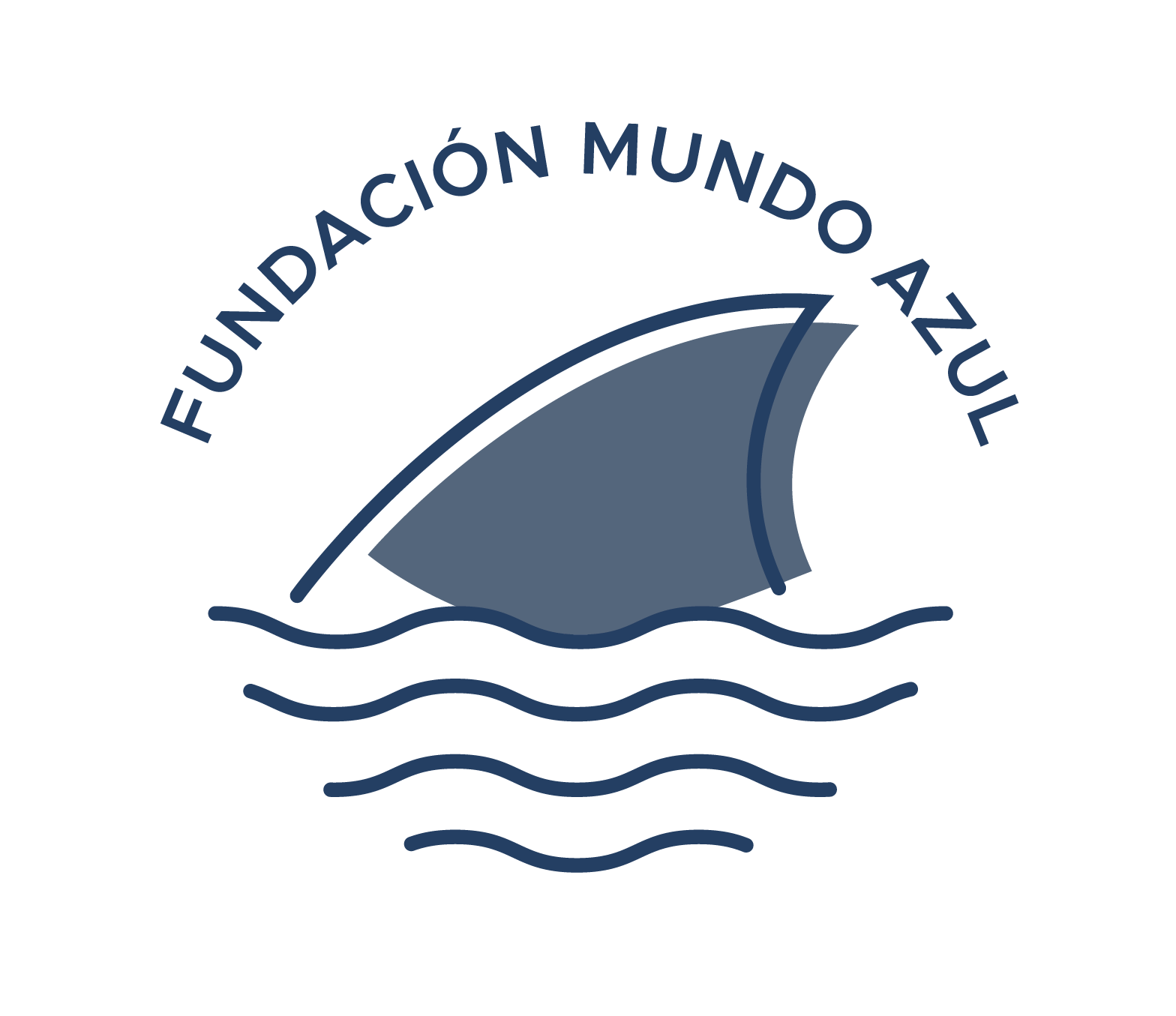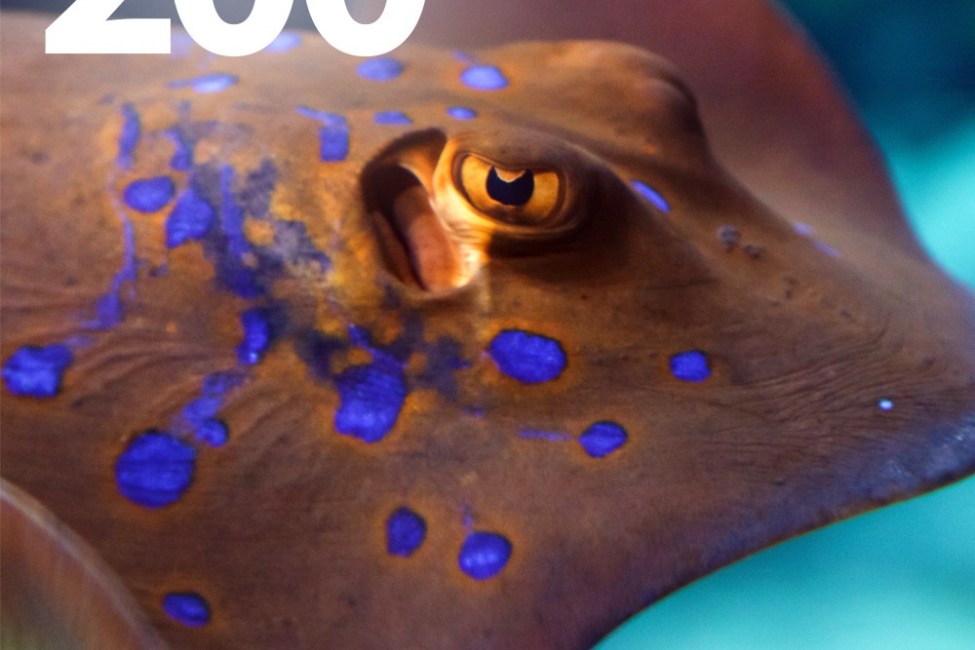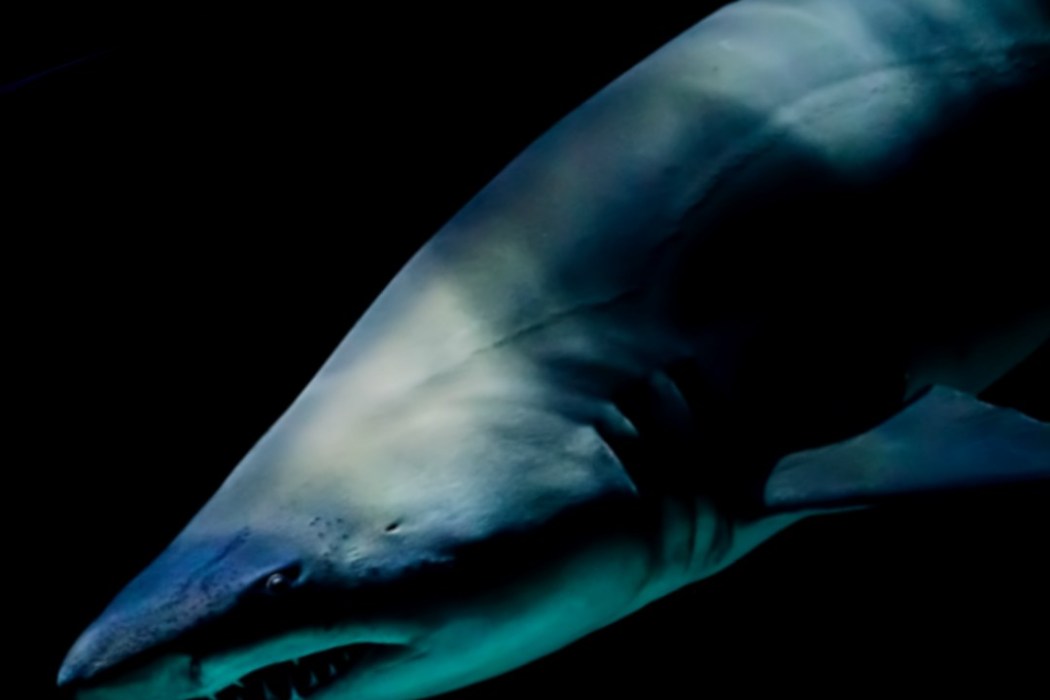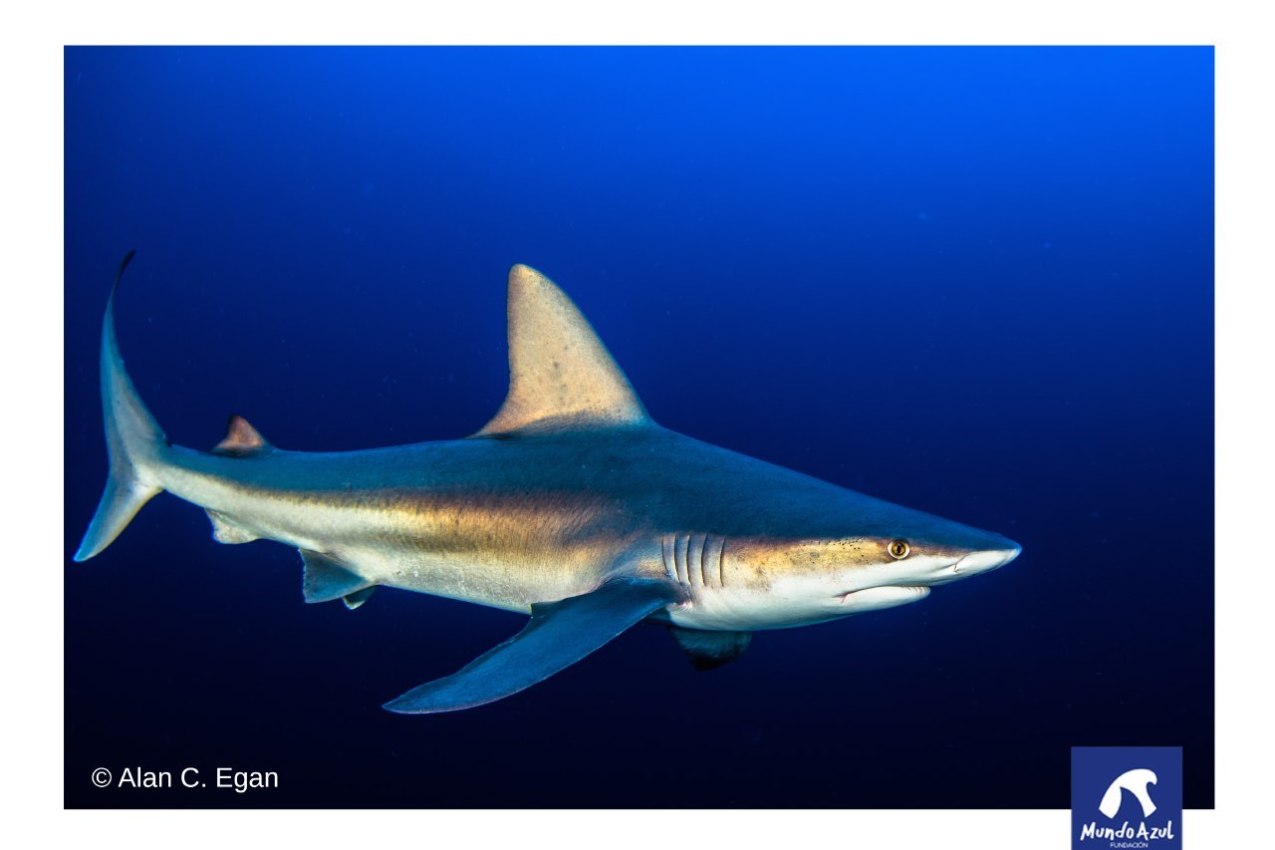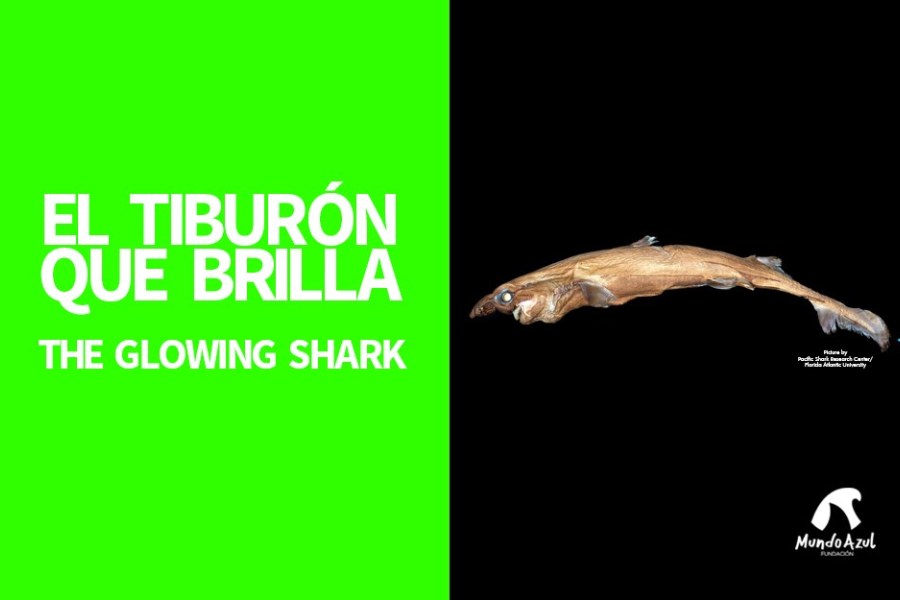
A new species of shark was discovered about 314-384 meters deep in Sotavento, one of the islands of Hawaii.
The species named, Etmopterus Lailae has an elusive behavior, making it extremely difficult to observe in a wild state.
Much of this shark’s biodiversity is still unknown because it is very small and lives in very deep waters. This type of shark is bioluminescent which means it glows in the dark. Given this quality, several scenarios have been proposed: it uses its quality to ensure that it mates with the right species, uses it as camouflage and thus defend itself from its predators or uses it as a lure to attract small fish or other prey.
It is not the first bioluminescent shark that has been discovered until now, but its characteristics differentiate it from other sharks of its type: its head is oddly shaped and has a large, bulging snout where the nostrils and olfactory organs are located , has distinctive side marks that go back and forth over the belly, has fewer teeth and vertebrae than the average shark.
Although for scientists the bioluminescence of this shark is still a mystery, it is a fact that does not take away the brilliance of this interesting discovery.
Source:
